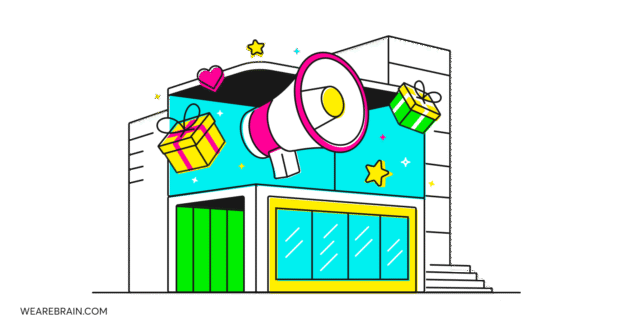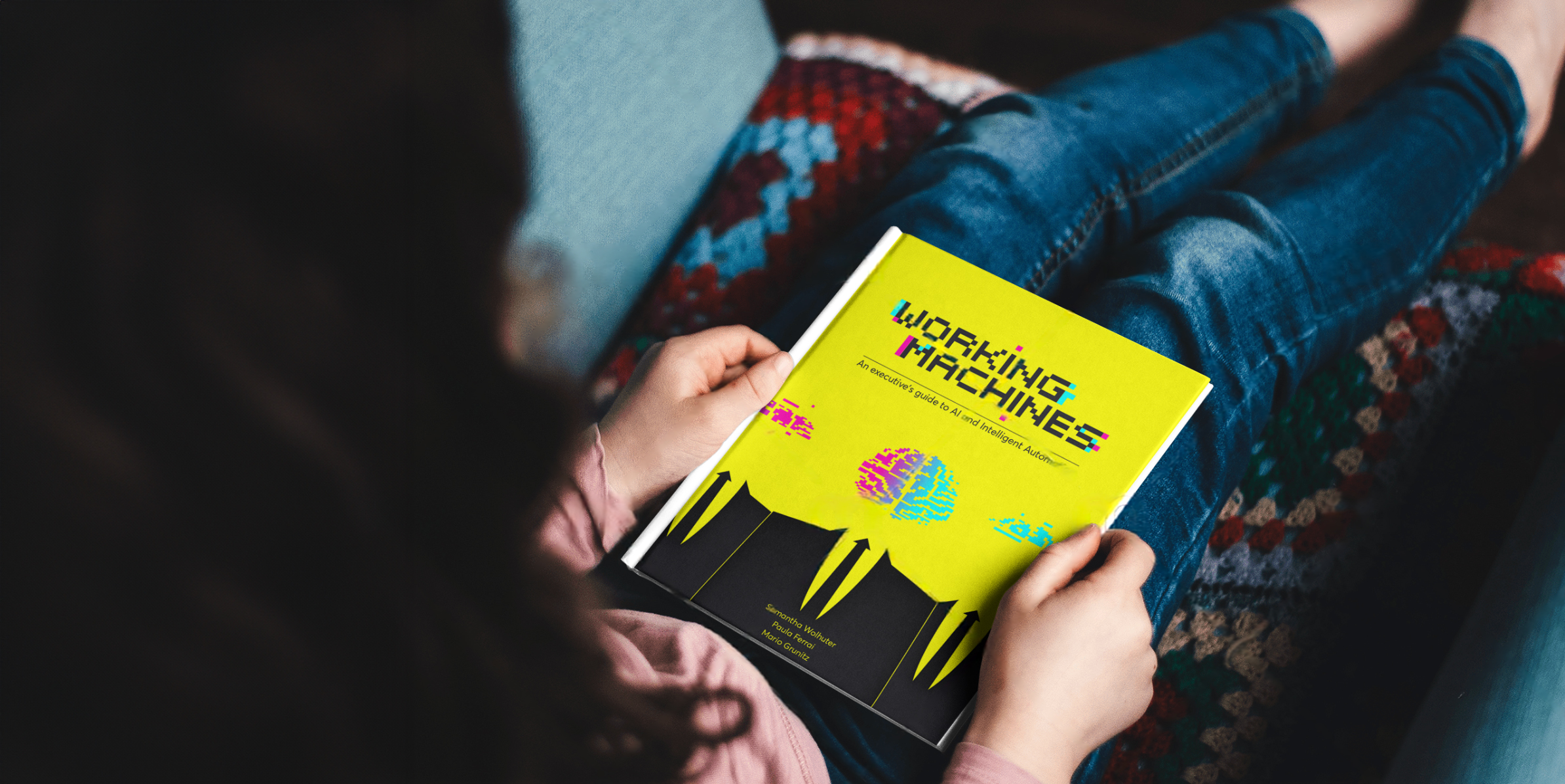
Delve into the transformative impact of Computer-Generated Imagery (CGI) in marketing and advertising, exploring its benefits and considerations for creating compelling brand narratives.
Key takeaways
- CGI Impact: Transforms marketing with creative and immersive visuals.
- Advantages: Enables creative freedom, consistency across media, and cost-effective production.
- Success stories: Maybelline, Jacquemus, and L’Oreal demonstrate CGI’s potential for viral campaigns.
- Challenges: Balancing realism, managing initial costs, and navigating ethical concerns.
- Future strategy: Emphasizes integrating CGI with traditional methods for authentic brand storytelling.
A new type of ads
The advertising and marketing ecosystem sure likes a good old shake-up, doesn’t it? With new approaches and technologies shifting the tides on traditional campaigns, advertising thrives on change and adaptability.
A powerful force that is reshaping the way brands communicate with their audiences is the use of Computer-Generated Imagery (CGI). This transformative technology has rapidly become a game-changer in offering marketers unparalleled creative freedom and enabling them to craft visually stunning campaigns that go viral.
The rise of CGI marketing and advertising
CGI refers to the creation of visual content with computers. This technique involves the use of 3D modelling, animation, and rendering to produce lifelike visuals that can range from fantastical worlds to hyper-realistic product renderings (and poorly de-moustache-ing Superman).
CGI brings a versatility of applications to marketing campaigns. From product visualisation to immersive storytelling, CGI empowers marketers to bring their visions to life in ways previously unimaginable.
Traditional advertising often relied on photography and videography to showcase products and tell brand stories. However, the increasing accessibility of CGI has opened up new avenues for creativity which was previously reserved for big-budget productions. Today, brands are using it to develop visually stunning and emotionally resonant campaigns.
CGI allows advertisers to create lifelike virtual environments and objects through digital renders, which can showcase objects, people, and environments which don’t exist in reality. Alternatively, it makes showcasing real-world items far easier and more affordable than traditional photography or videography.

The strategic advantages of CGI advertising
In a digital age where attention spans are fleeting, brands need to stand out. CGI provides a strategic advantage by offering a visual feast that captures attention and sparks curiosity. With CGI marketing and advertising, creatives are no longer bound by the constraints of reality. Brands can conjure up worlds that exist only in the realm of imagination to break free from the mundane and make a lasting impression on consumers
As consumer expectations evolve, so does the need for innovative and visually compelling content. CGI not only meets these expectations but surpasses them, paving the way for a new era of advertising where the boundaries between reality and imagination blur.
The impact of CGI marketing
CGI is not just a tool – it’s a catalyst for redefining how brands connect with their audiences.
Unleashing creative potential
One of the key advantages of CGI is its ability to unlock unprecedented creative capabilities. Traditional photography and video production come with logistical challenges and costs. CGI eliminates many of these constraints, allowing marketers to dream big and execute campaigns that were once deemed impractical. It also creates room for experimentation, with CGI also being used for 3D outdoor ads that replace traditional billboards.
Consistency across platforms
Modern brands need to maintain a consistent visual identity across various platforms and the use of CGI is a versatile solution. The dynamism of CGI assets ensures that the same high-quality visuals can be seamlessly integrated into diverse marketing channels, from social media and video to print and outdoor marketing.
Flexibility and adaptability
CGI provides marketers with the agility to respond to changing trends and consumer preferences rapidly. Whether it’s tweaking visuals to align with a new campaign theme or updating product features, CGI streamlines the process with ease compared to traditional, analogue creative approaches such as photography.
Affordability
CGI drastically reduces the cost of analogue production. With seamless photorealistic CGI work, marketers can eliminate the need to shoot a physical prototype at a costly location or studio. Furthermore, this increases time to market as the same campaigns can be achieved using a computer in far less time. As computing power becomes more affordable and software more optimised, CGI will become more pervasive.
Sustainability
CGI eliminates the emissions of traditional product and advertising shoots, including travel, set development, equipment, visual effects (explosions, fires, etc.) and location usage. It also removes the need to construct physical prototypes of products. For example, vehicle manufacturers can develop campaigns to promote a new car using CGI imagery before manufacturing.
Interesting CGI marketing case studies
To get an idea of the impact of CGI on advertising and marketing, let’s explore some real-world examples that showcase the transformative power of this technology.
Maybelline’s Lash Sensational Mascara
The global cosmetics brand caused a social media stir with its CGI marketing campaign for its latest product launch in London. The campaign showed underground train cars and double-decker busses fitted with eyelashes rolling into stations where giant mascara wands coat them with the product. This ad set social media alight and gained over 2 million likes on Instagram alone.
Jacquemus’s La Bambino bags
High-end bag design studio Jacquemus’s ‘La Bambino’ bag video gained a lot of attention on Instagram recently. The video playfully shows the brand’s famous mini bags as novelty cars driving through the streets of Paris. The video uses smartphone camera angles (optimised to 9:16 screens) to enhance the realism and believability of the campaign.
L’Oreal’s giant lipstick
Not to be outdone, L’Oreal launched a great CGI marketing ad showing a vintage car appearing to drive through Paris while trailing a path of crimson from a giant lipstick stuck on its roof. This clever combination of product advertising with brand promotion scored over 10 million views on Instagram.
CGI considerations
While the use of CGI brings tremendous benefits to marketing and advertising campaigns, there are a few considerations to explore during its adoption.
Striking the right balance between creating visually stunning content and maintaining realism is a delicate dance. Overly stylised or fantastical visuals may alienate some audiences and not be on-brand, highlighting the importance of understanding your target demographic.
Also, while CGI eliminates many of the logistical challenges of traditional production methods, it’s not without costs. High-quality CGI requires skilled professionals and cutting-edge software, which can contribute to a significant initial investment. However, the long-term benefits often outweigh the upfront expenses.
Critically, the ethical considerations of CGI’s ability to create lifelike visuals cannot be overlooked. The line between reality and computer-generated fiction can blur, potentially leading to misinformation or unrealistic expectations. Brands must navigate this space carefully, ensuring transparency in their use of CGI.
Is CGI advertising the future?
As the technology becomes more accessible and cost-effective, businesses of all sizes will harness the power of CGI to elevate their brand narratives.
When building a CGI marketing strategy, businesses need to use this technology in ways that are authentic to their values.
However, brands must find a balance between CGI and traditional methods to effectively engage their audiences both online and offline. CGI elements must complement physical experiences rather than overshadowing them. The interplay between the two will leave a lasting impression on customers.
